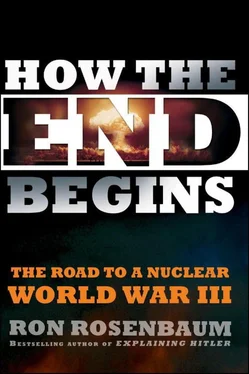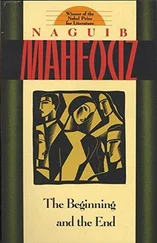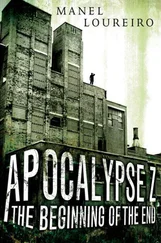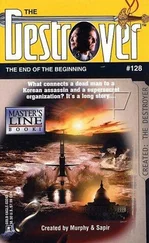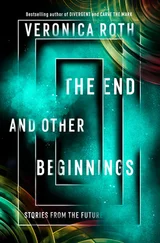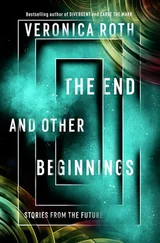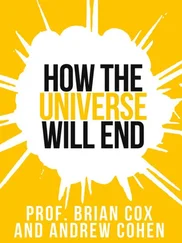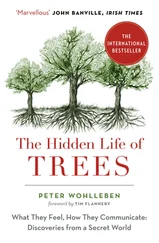Complicating matters, if the Russians had issued an implicit ultimatum to the Israelis to back off, the Israelis would likely have instantly relayed that threat to the U.S., once again involving two nuclear superpowers in a potential nuclear showdown.
While the United States and Israel deny any formal nuclear umbrella arrangement, there is widespread speculation that the U.S. has warned nations contemplating a nuclear strike on Israel of severe consequences, which implies anything up to and including nuclear reprisal by the U.S. The possible existence of this putative assurance was brought out into the open by presidential candidate, now secretary of state, Hillary Clinton, who declared during the 2008 primary campaign that the U.S. would “obliterate” Iran [11] “In an interview on ABC’s Good Morning America today, Hillary Clinton pledged that if Iran launches a nuclear attack against Israel, the United States would retaliate against Iran. ‘I want the Iranians to know that if I’m the president, we will attack Iran,’ Clinton said. ‘In the next 10 years, during which they might foolishly consider launching an attack on Israel, we would be able to totally obliterate them.’”: www.guardian.co.uk/commentisfree/2008/apr/22/clintonandiran .
if it attacked Israel with nukes.
And so by the time the Israeli jets reached the northeast corner of Syria and turned toward the Syrian reactor on the Euphrates, threats and counterthreats may well have been zapping through the ether and suddenly both nuclear superpowers with approximately five thousand land-based nuclear missiles on “hair-trigger” alert were on the verge of—only one misperception or hasty overreaction, one degree of separation away—being drawn into a potential regional nuclear war.
Then there’s the wild card, Pakistan, with its “Islamic bomb,” which is shorthand for some sixty to one hundred warheads [12] David E. Sanger, “Pakistan Strife Raises U.S. Doubt on Nuclear Arms,” New York Times, May 4, 2009, p. A1, www.nytimes.com/2009/05/04/world/asia/04nuke.html .
under the kind of loose, decentralized control that could allow a regional commander with ties to Islamic nations such as Iran and Syria to step in and set off another variety of regional nuclear war with equal potential for escalation.
All those signals, threats, and counterthreats flashing through the night could easily have been known to the “very senior” British minister quoted in The Spectator, assuming he had access to GCHQ, Government Communications Headquarters, the legendary British signals interception facility, which, in tandem with the U.S. government’s NSA (National Security Agency and its spy satellite system), can listen in to just about everything, even to secret military encryptions, in near real time.
What the very senior minister was describing was perhaps the most perilous—and emblematic—crisis of the second nuclear age thus far: it is a new world in which the bipolar “stability” of the “balance of terror” has degenerated into a chaotic state of multipolar nuclear powers with less control and less restraint and a greater chance of touching off a regional nuclear war that could escalate to global scale.
Nuclear proliferation scholar Benjamin Frankel tells us the “inherent complexity” of the new nuclear age “dooms multipolar systems to instability making them susceptible to crisis and war.” [13] Benjamin Frankel, “Assessing Nuclear Threats,” International Security 34, no. 3 (Winter 2009): 10.
“The world has arrived at a nuclear tipping point,” a Carnegie Endowment for International Peace study warned. [14] Rob Edwards, “The A-bomb: 60 Years on, Is the World Any Safer?,” New Scientist, No. 2508 (2005), www.newscientist.com/article/mg18725083.800-the-abomb-60-years-on-is-the-world-any-safer.html?page=3 .
“We are at the tipping point,” former Senator Sam Nunn, co-founder of the Nuclear Threat Initiative, has said, “and we are headed in the wrong direction.” [15] Michael Crowley, “The Stuff Sam Nunn’s Nightmares Are Made Of,” New York Times Magazine, February 25, 2007, www.nytimes.com/2007/02/25/magazine/25Nunn.t.html?scp=2&sq=Sam%20Nunn&st=cse .
“The current global nuclear order,” declared Harvard’s Graham Allison, “is extremely fragile.” [16] Graham Allison, “Nuclear Disorder: Surveying Atomic Threats,” Foreign Affairs 1, no. 89 (January/February 2010), www.foreignaffairs.com/articles/65732/graham-allison/nuclear-disorder .
Already India and Pakistan nearly used their nuclear arsenals against each other in 1999 and 2002. [17] Online NewsHour: “Nuclear Nightmare,” May 31, 2002, www.pbs.org/newshour/bb/asia/jan…/nuclear_5-31.html ; Alan Sipress and Thomas Ricks, “Report: India, Pakistan Were Near Nuclear War in ’99,” Washington Post, May 15, 2002, www.cdi.org/nuclear/nuclearshadow.cfm .
That was still bipolar. The Syria raid, however, was the most dramatic embodiment of the difference between the bipolar Cold War type of nuclear war close calls, and the new type of multipolar chain reactions that could reach critical mass in our new nuclear age.
THE COLD WAR CLOSE CALLS EMERGE
How should we gauge the seriousness, the closeness of close calls? How close are we from the beginning of the end? One disturbing result of recent nuclear historiography—and Freedom of Information Act (FOIA) declassifications—has been the revelation that even the purportedly more stable nuclear deterrence system of the Cold War produced a far greater number of close calls during the first nuclear era than we imagined. It turns out we weren’t scared enough, or as much as we should have been. The more historians excavate the history of the Cold War, the more close calls they discover. We’re only now learning the truth about how much closer we came—and how often—to nuclear war than we knew at the time. One of the great debates about nuclear deterrence—threatening genocide to prevent genocide—is whether we got through the Cold War because of the ingenious design of deterrence—the finely calibrated threats of annihilation—or because of sheer luck in close call moments. These new revelations tend to substantiate the luck rather than design theory of why we survived.
There was the revelation by Michael Dobbs in One Minute to Midnight, [18] Michael Dobbs, One Minute to Midnight (New York: Alfred A. Knopf, 2009), p. 209.
his 2009 book on the Cuban Missile Crisis, that Soviet nuclear missiles in Cuba were both armed and ready, contrary to U.S. intelligence, and that command over their launch had been turned over by the Russians to Fidel Castro. Castro swore that in the event of any kind of attack—of the sort the Joint Chiefs pressed on President Kennedy, confident the Soviet nukes were not yet assembled—he would have fired them at the U.S. mainland even if the move touched off a global nuclear war, as it likely would have. There was also the revelation by Dobbs that the captain of the Soviet submarine, which was escorting the Russian cargo ship testing the U.S. blockade of Cuba, said that on October 27, 1962, he had armed and aimed a nuclear-tipped torpedo at a U.S. blockade vessel at the height of the crisis, and was about to fire when the Russian sub fleet commander, who happened to be on board, overrode his decision. [19] Ibid., p. 317.
Historians of the Cold War have also unearthed “false positive” nuclear alerts that could have led to mistaken launches: in the 1950s it was a flock of geese mistaken for incoming nukes on the U.S. side; [20] Dr. Martin Hellman, quoted in Breakthrough: Emerging New Thinking: Soviet and Western Scholars Issue a Challenge to Build a World Beyond War (New York: Walker, 1988), www.ee.stanford.edu/~hellman/Breakthrough/book/pdfs/breakthrough.pdf .
in 1997 it was a Norwegian weather satellite launch taken for an incoming missile on the Russian side.
Читать дальше
